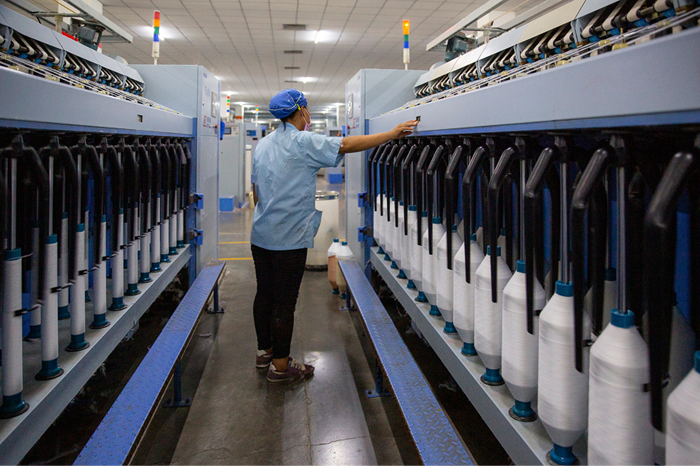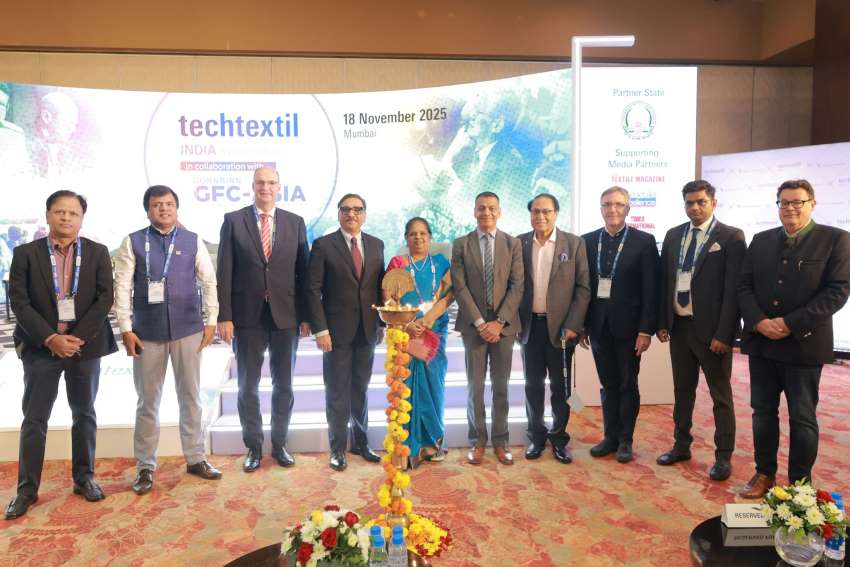On November 25th 2013, H&M released a ‘new roadmap’ designed to start implementing a fair living wage as a part of the company’s corporate social responsibility. The company’s plan is to encourage suppliers to pay employees a ‘fair living wage’ by 2018. This move would benefit around 8,50,000 garment workers. Four years down the line, from a pledge to ensure all workers in its supply chain were paid a ‘fair living wage’, H&Ms pledge is still on the anvil.
The release of the road map coincided with claims that as of 2014 the retailer would develop a pricing methodology to ensure it meets the actual cost of labour. As per the company’s manifesto for improvements to workers’ lives, the firm stated, “By doing this, we secure that we pay a price which enables our suppliers to pay their textile workers a fair living wage and reduce overtime.” However, research from the Clean Clothes Campaign reveal, average wages at H&M supplier factories in Bangladesh, Myanmar, Cambodia and India are marginally higher than national minimum wages. This has led to some claims that H&M is unlikely to fulfil its pledge to pay at least 80 per cent of its garment workers the so-called ‘fair living wage’ by 2018.
H&M certainly has the financial means to ‘walk the talk’ and has stated time and again they want to be a leader in this issue. H&M's net profit for 2016 was over $2 billion and based on calculations from the Clean Clothes Campaign, 1.9 per cent of the company’s net profit from 2016 would pay all its workers in Cambodia the additional $78 every month to receive the ‘fair living wage’.
“We have looked at the numbers and if H&M were to reallocate just one year of its annual advertising budget towards wages, they could pay their Cambodian workers a living wage for 6.5 years," said Ineke Zeldenrust of Clean Clothes Campaign.












